Rutvij H Jhaveri
Generative Pre-trained Transformer: A Comprehensive Review on Enabling Technologies, Potential Applications, Emerging Challenges, and Future Directions
May 21, 2023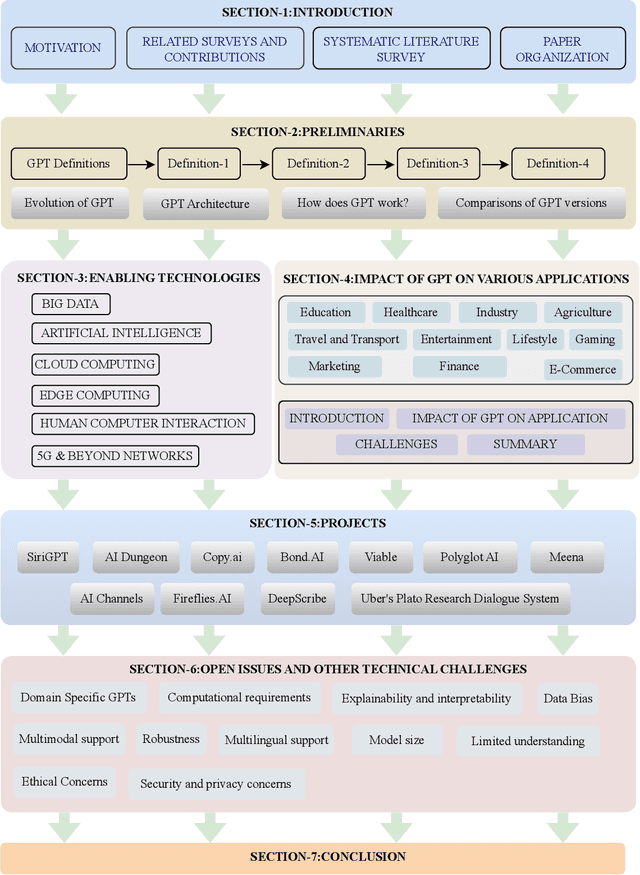
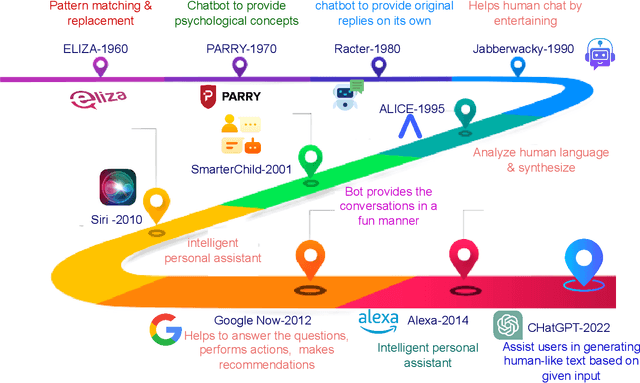
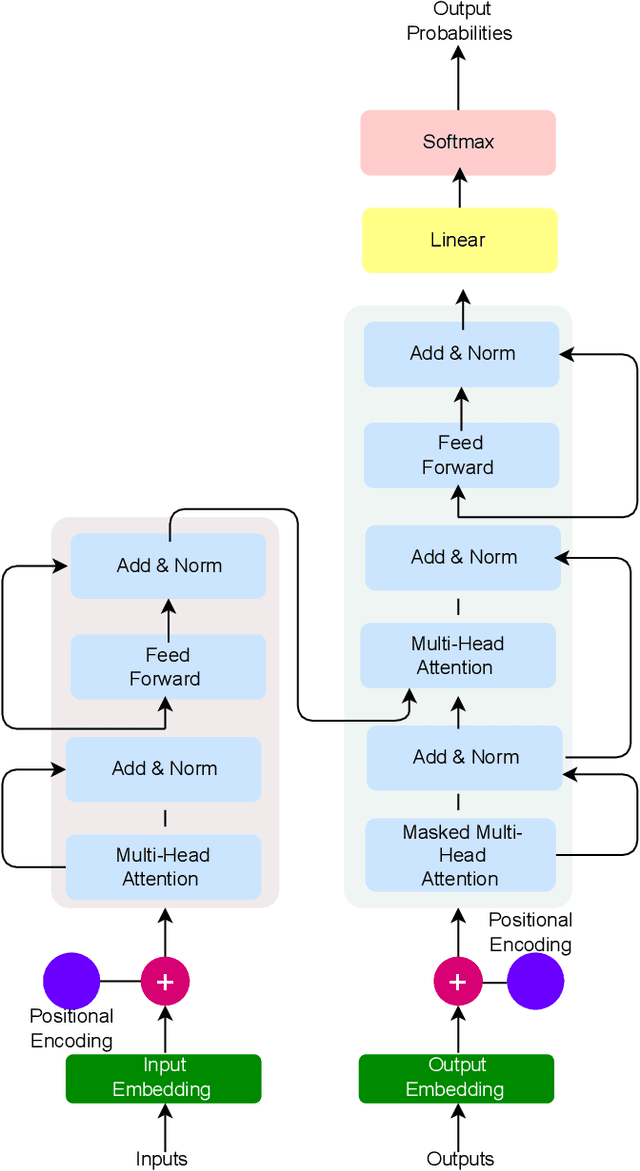
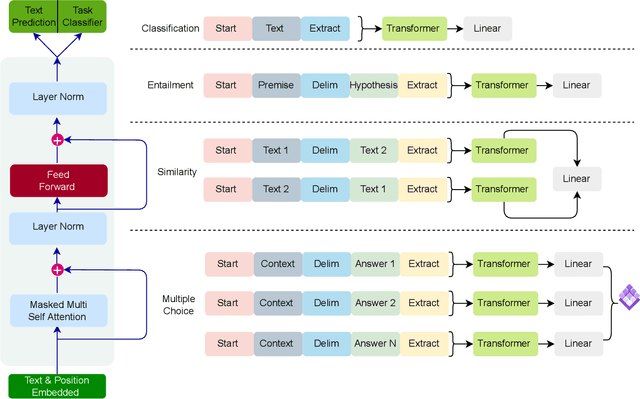
Abstract:The Generative Pre-trained Transformer (GPT) represents a notable breakthrough in the domain of natural language processing, which is propelling us toward the development of machines that can understand and communicate using language in a manner that closely resembles that of humans. GPT is based on the transformer architecture, a deep neural network designed for natural language processing tasks. Due to their impressive performance on natural language processing tasks and ability to effectively converse, GPT have gained significant popularity among researchers and industrial communities, making them one of the most widely used and effective models in natural language processing and related fields, which motivated to conduct this review. This review provides a detailed overview of the GPT, including its architecture, working process, training procedures, enabling technologies, and its impact on various applications. In this review, we also explored the potential challenges and limitations of a GPT. Furthermore, we discuss potential solutions and future directions. Overall, this paper aims to provide a comprehensive understanding of GPT, enabling technologies, their impact on various applications, emerging challenges, and potential solutions.
XAI for Cybersecurity: State of the Art, Challenges, Open Issues and Future Directions
Jun 03, 2022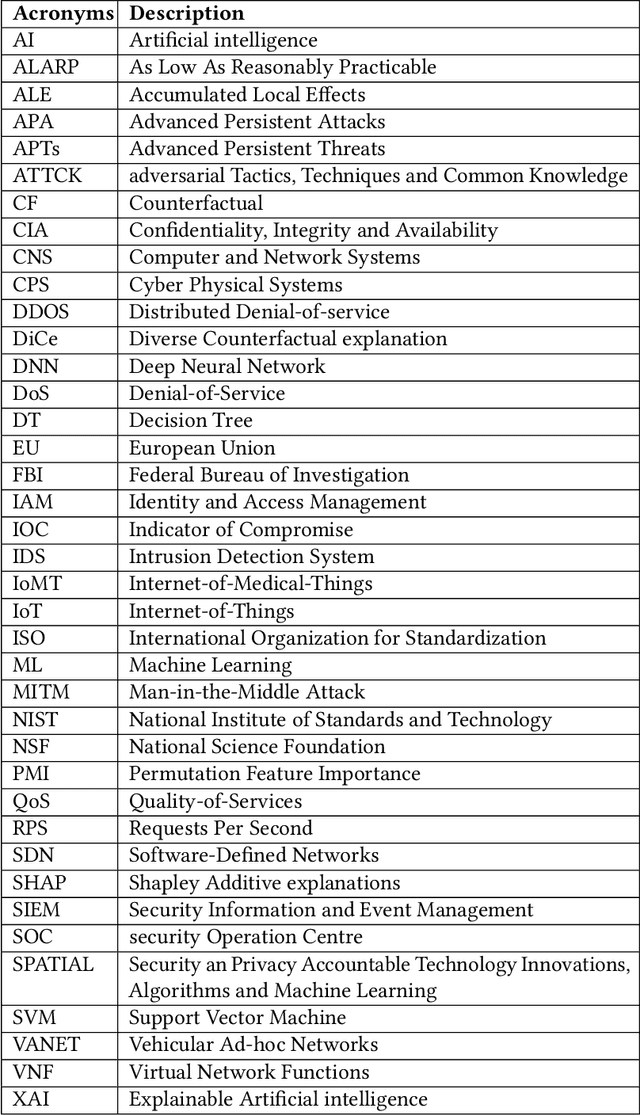
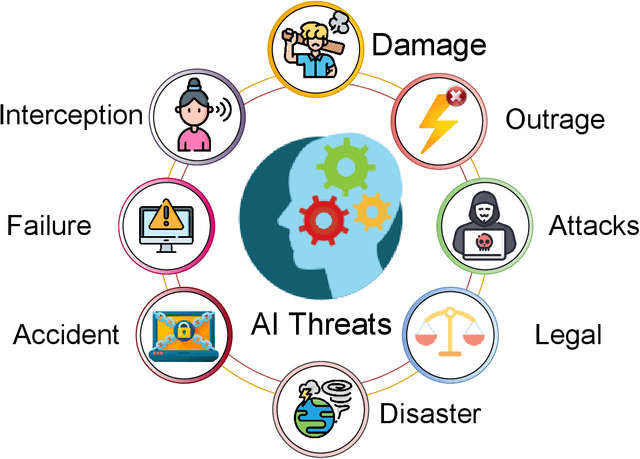
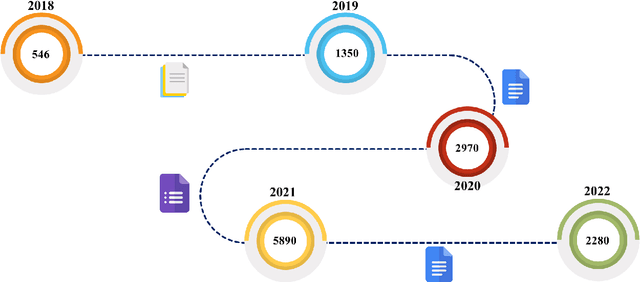
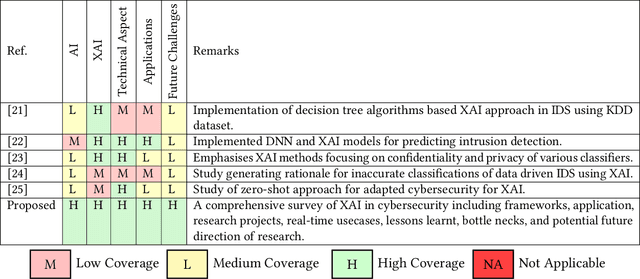
Abstract:In the past few years, artificial intelligence (AI) techniques have been implemented in almost all verticals of human life. However, the results generated from the AI models often lag explainability. AI models often appear as a blackbox wherein developers are unable to explain or trace back the reasoning behind a specific decision. Explainable AI (XAI) is a rapid growing field of research which helps to extract information and also visualize the results generated with an optimum transparency. The present study provides and extensive review of the use of XAI in cybersecurity. Cybersecurity enables protection of systems, networks and programs from different types of attacks. The use of XAI has immense potential in predicting such attacks. The paper provides a brief overview on cybersecurity and the various forms of attack. Then the use of traditional AI techniques and its associated challenges are discussed which opens its doors towards use of XAI in various applications. The XAI implementations of various research projects and industry are also presented. Finally, the lessons learnt from these applications are highlighted which act as a guide for future scope of research.
 Add to Chrome
Add to Chrome Add to Firefox
Add to Firefox Add to Edge
Add to Edge